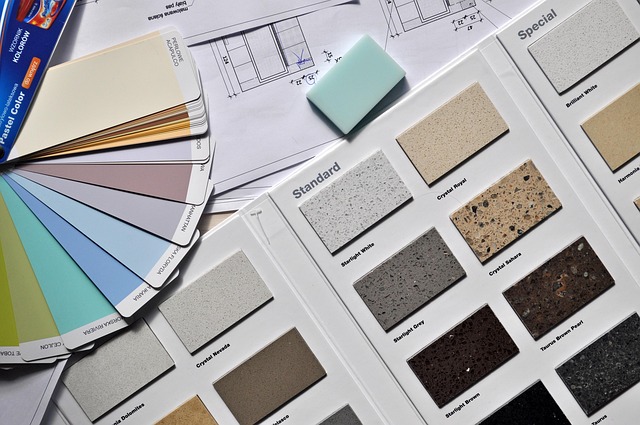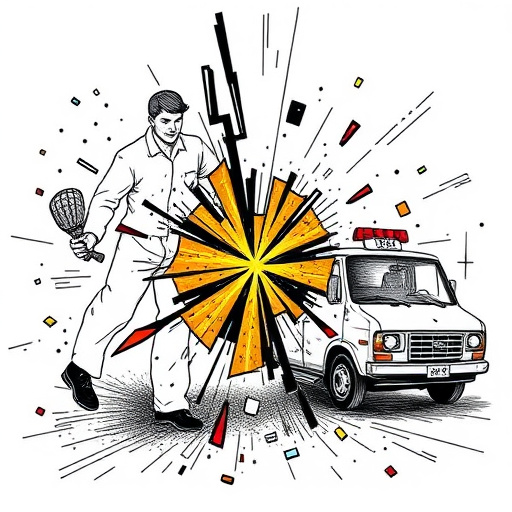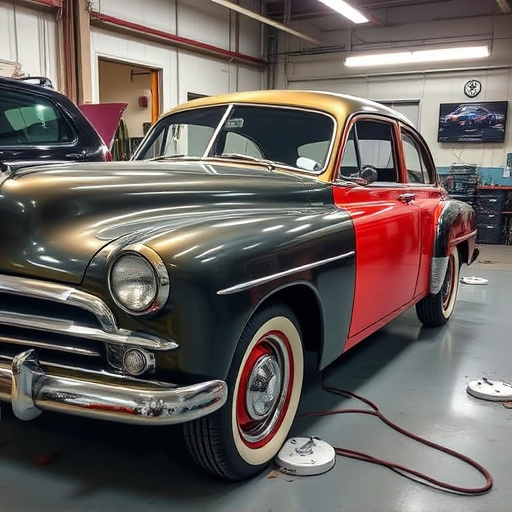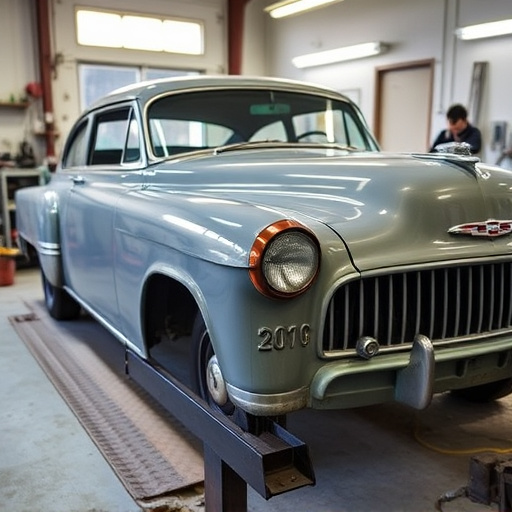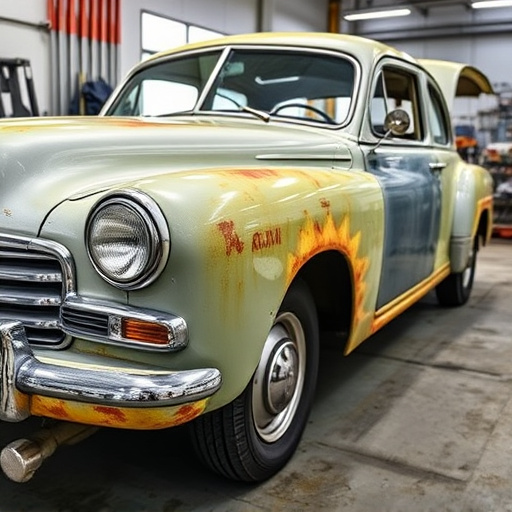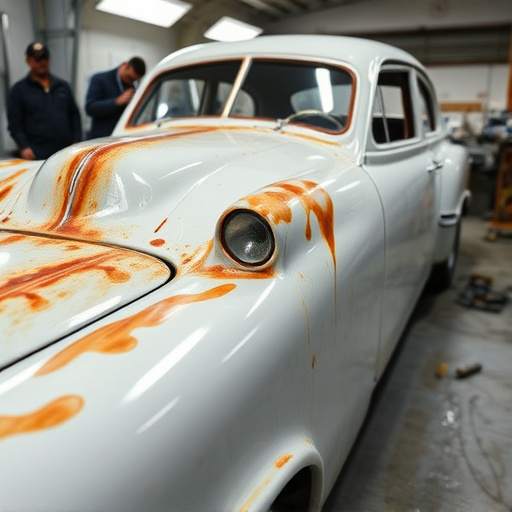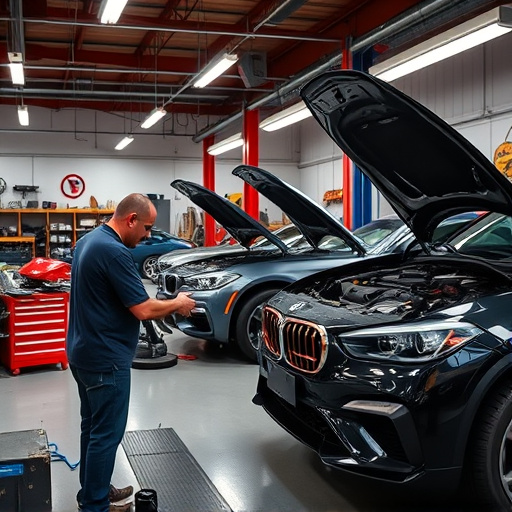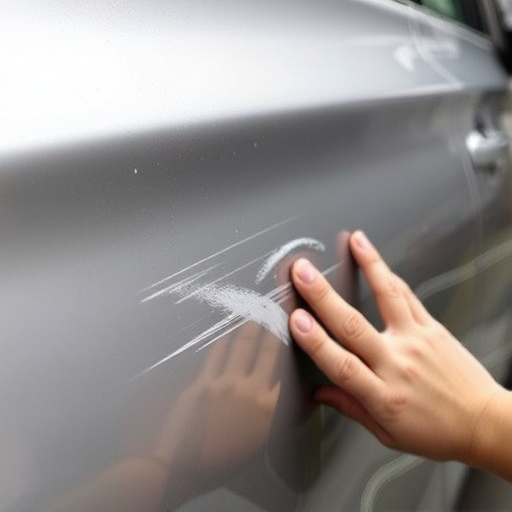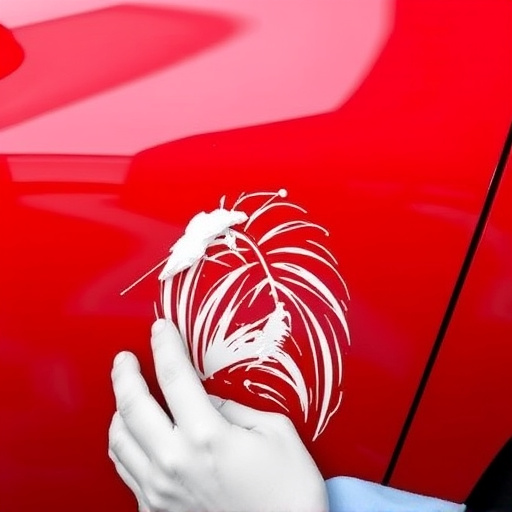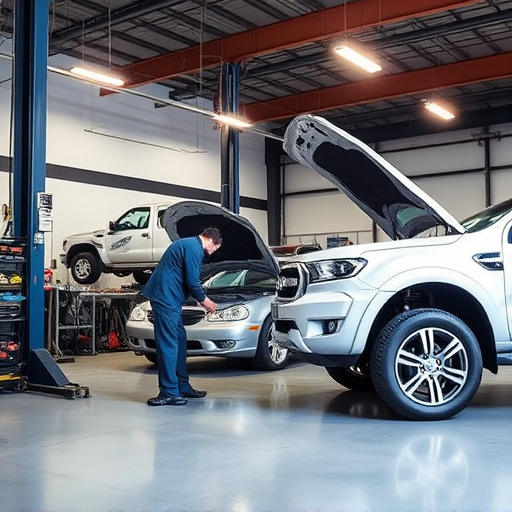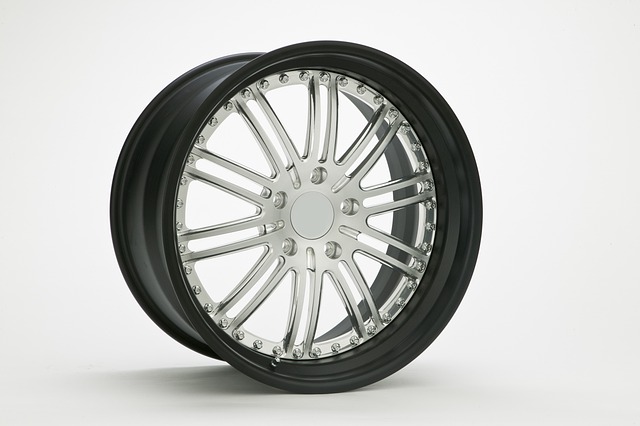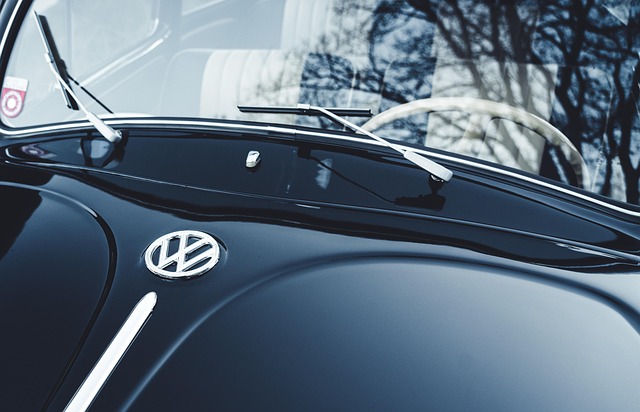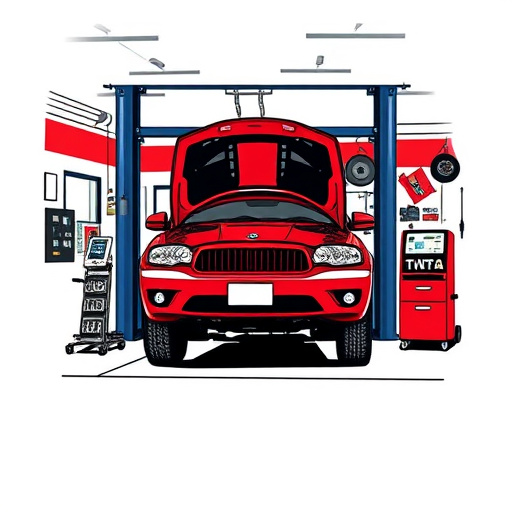Before heat damage auto body repair, a thorough assessment is vital for safety and effectiveness. Demolding, drying, and restoration require skill to prevent warping and ensure seamless integration. Technicians use advanced techniques, tools, and high-quality paints to match original standards, aiming for both aesthetic excellence and optimal road performance.
Heat damage can leave vehicles in disarray, but effective auto body repair services can restore them to their former glory. This comprehensive guide outlines key steps in addressing heat-related automotive repairs, from assessing damage and prioritizing safety to meticulous demolding and drying processes. We delve into the restoration phase, focusing on achieving a seamless finish that matches the vehicle’s original state. By following these steps, auto body shops can deliver top-notch heat damage repair services.
- Assess Heat Damage Extent and Safety Measures
- Demolding and Drying: Delicate Processes
- Restoration and Finishing: Back to Original State
Assess Heat Damage Extent and Safety Measures

Before embarking on any heat damage auto body repair, it’s crucial to conduct a thorough assessment of the extent of the damage and implement safety measures to ensure the process is efficient and secure. This involves closely examining the affected areas for signs of warping, melting, or charring—common indicators of severe heat impact. It also means gauging the structural integrity of components like panels, frames, and trim, which may have softened or distorted due to the heat.
During this initial phase, safety is paramount. The auto repair shop must ensure adequate ventilation and use specialized equipment designed for handling hot materials to prevent further damage or injury. Additionally, identifying potential hazards like exposed wiring or combustible materials nearby is essential to mitigate risks associated with heat damage auto body repair. This cautious approach not only guarantees the quality of the upcoming automotive body work but also safeguards both technicians and the surrounding environment.
Demolding and Drying: Delicate Processes

Demolding and drying are crucial steps in heat damage auto body repair services, requiring a delicate balance between precision and patience. Once the damaged area has been molded or cast to fit the vehicle’s contour, the real work begins. This phase involves careful removal of the mold while ensuring the newly repaired surface is thoroughly dried. Any haste or misstep could lead to warping, bulging, or even further damage, complicating the car restoration process.
Proficient technicians employ specialized tools and techniques for demolding, taking into account the type of material used in the repair. Afterwards, advanced drying methods are implemented to eliminate moisture from the vehicle paint repair site. This step is essential as moisture can interfere with the quality of both the existing car paint repair and any new coatings applied afterward. Proper demolding and drying set the stage for a durable, long-lasting heat damage auto body repair, ensuring the restored area seamlessly integrates with the rest of the vehicle.
Restoration and Finishing: Back to Original State
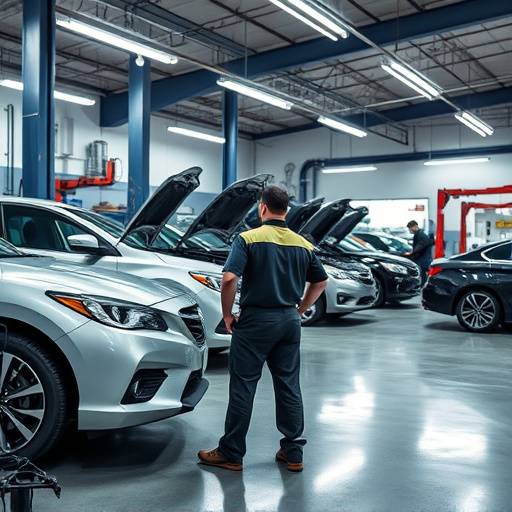
After addressing the structural integrity concerns, the next crucial step in heat damage auto body repair services is restoration and finishing. This phase aims to restore the vehicle to its original state, ensuring that every detail, from paint color to texture, matches precisely with the rest of the car. Skilled technicians use advanced techniques for car dent removal, applying high-quality paints and finishes that not only match the manufacturer’s standards but also withstand the test of time.
The process involves meticulous preparation, including surface sanding, priming, and painting. Each step is executed with precision to eliminate any visible signs of heat damage, ensuring a seamless blend with the existing bodywork. This attention to detail guarantees that the restored vehicle not only looks good as new but also performs optimally on the road, providing both aesthetic satisfaction and peace of mind for the owner.
Effective heat damage auto body repair requires a meticulous approach, from initial assessment to final restoration. By prioritizing safety measures, employing delicate demolding and drying techniques, and dedicating attention to restoration and finishing, professionals can restore vehicles to their original state. These key steps ensure high-quality results, satisfying both vehicle owners and their insurance providers in the process of heat damage auto body repair.
